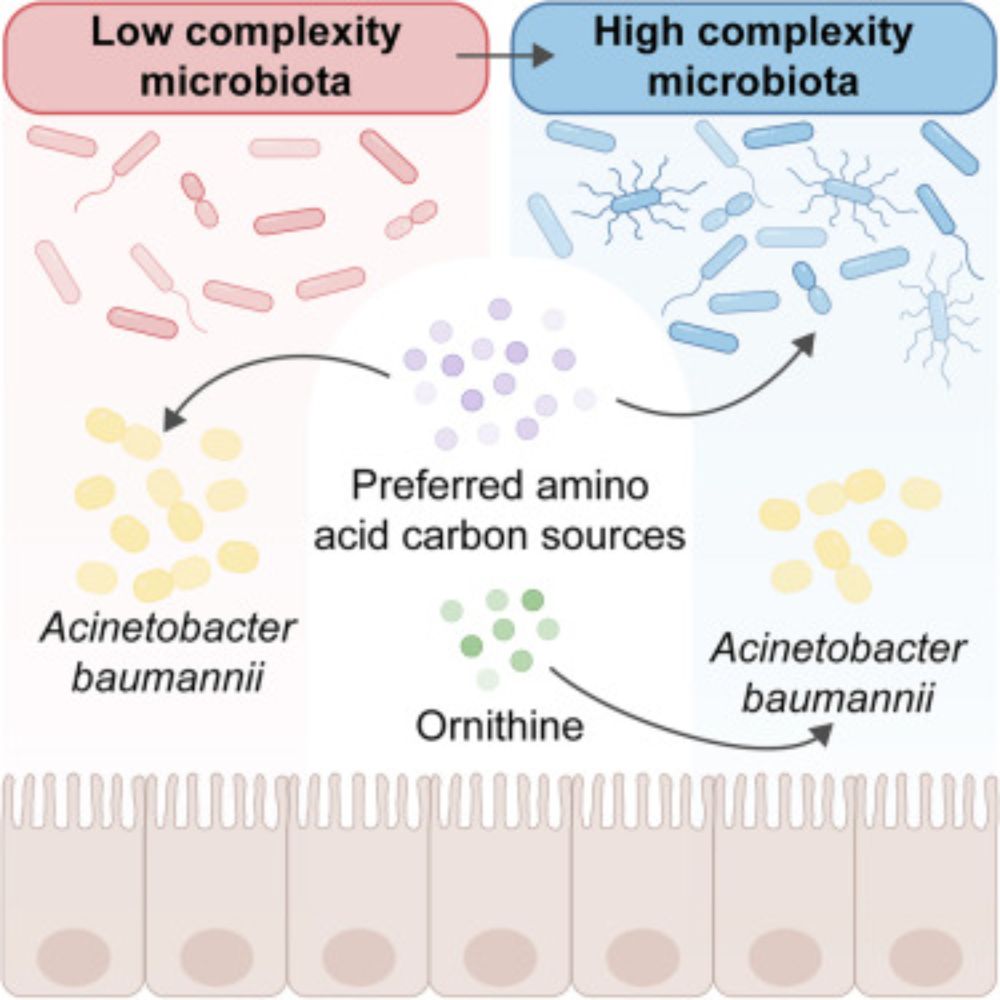



asm.org/press-releas...

asm.org/press-releas...
go.nature.com/4mTnRzG

go.nature.com/4mTnRzG

In an unexpected twist to our understanding of host-pathogen interactions, recent research reveals that a common fungal commensal, Candida albicans, significantly shapes the virulence of the intestinal pathogen Salmonella Typhimurium. This…

In an unexpected twist to our understanding of host-pathogen interactions, recent research reveals that a common fungal commensal, Candida albicans, significantly shapes the virulence of the intestinal pathogen Salmonella Typhimurium. This…

My postdoc Paz asked how cholera toxin (CT) helps Vibrio cholerae thrive in the gut.
Turns out, CT rewires epithelial metabolism toward L-lactate production—fueling pathogen growth in the small intestine during disease

My postdoc Paz asked how cholera toxin (CT) helps Vibrio cholerae thrive in the gut.
Turns out, CT rewires epithelial metabolism toward L-lactate production—fueling pathogen growth in the small intestine during disease
and @joaquinbernal.bsky.social : when macrophages are provided with specific nutrients, Salmonella can bypass its requirement of the T3SS to replicate, a process that occurs within the SCV
tinyurl.com/443kfefk
Acinetobacter baumannii uses ornithine to compete w/ microbiota & persist in gut. Amino acid supplementation & differences in diet promote A. baumannii gut colonization in mice & humans
@laurenpalmer.bsky.social
www.cell.com/cell-host-mi...

tinyurl.com/443kfefk
Thanks to NIH, we have:
💉 Cancer immunotherapy
❤️ Cholesterol-lowering statins
🩸 Insulin for diabetes
Investing in NIH = investing in life-saving discoveries.
Thanks to NIH, we have:
💉 Cancer immunotherapy
❤️ Cholesterol-lowering statins
🩸 Insulin for diabetes
Investing in NIH = investing in life-saving discoveries.

